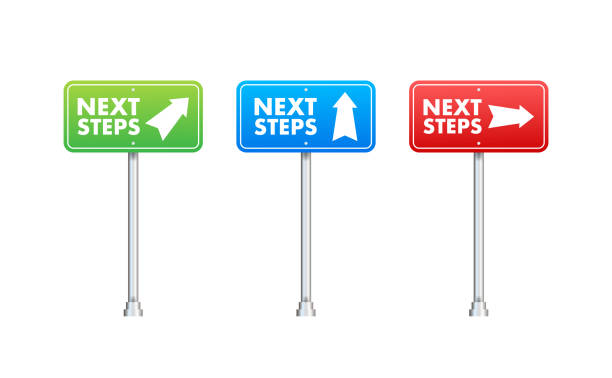Peter Drucker, a management theorist, famously stated that “what gets measured gets managed.” This is the fundamental principle of traditional experience management programs that focus on measuring Customer Experiences using metrics such as NPS.
As many marketers have found out, however, measuring experience–or managing it- is quite different from improving it.
Measuring is not enough to achieve business goals, such as increasing customer retention or share of wallet. The same as looking at your rearview mirror, measuring tells you what you’ve done but not where you want to go.
For companies to drive real experience improvements (XI), they must go beyond measurement and start translating experience data into actions.
The XI approach focuses on eliminating the root causes rather than treating the symptoms of experience issues. This improvement focus leads to real business results and transformational success.
Three steps to improving customer experience
It is important to change the way you view your experience program when making the transition from managing customer experience to improving it. Feedback is not the end goal of experience improvement. It’s a tool to achieve a specific business outcome. This desired outcome will help you focus your listening and take intelligent actions based on the data.
Decide your business goals.
Your customers and employees are the best sources of experience data. The key to driving business success and improving customer experiences is building your program around these data.
You should not, however, jump into listening immediately without developing a strategy. You will struggle to pinpoint the important moments if you gather too much information before knowing what you are looking for.
To achieve transformational change, you need to be focused. Ask yourself, before you begin listening, what problem you are trying to solve. It could be increasing customer retention, increasing the share of wallet, or boosting customer acquisition.
Build your program around this goal, choosing who to listen to and where to listen. Listening with a more deliberate approach will help you to find the right signal among all the noise and set the foundation for change.
Democratize your data
The XI approach is based on data, but if the data remains in silos within different departments, it will not drive business results. The fragmentation of data makes it impossible to get a comprehensive view of the contribution each department makes to customer experience. This makes it hard to collect and apply insights based on data. About 5% of businesses use experience data to make business decisions. This is due in part to siloed information.
De-silo your data to make it more accessible and democratize the datasets. Don’t let teams decide their next steps without any guidance or focus. You need to put the de-siloed information in front of the internal audiences who can inspire change.
Account managers, for example, should be able to look at data on customers and accounts that will allow them to predict growth or churn.
Data democratization in a thoughtful manner drives decision-making and action and improves the performance of a functional area.
You must also understand the unique story that each dataset tells and the lens with which it sees the world. Otherwise, it is easy to misinterpret the data. Encourage your teams to collaborate to generate insights and make connections.
Remember the problem that you identified at Step 1. You’ll find it easier to determine if you have all the data you require or if you need to create new listening posts with a comprehensive view of your data.
Keep your business goals in mind, even as you democratize your data between departments.
Drive intelligent action
The final step, and the most important one, is to put the data into action.
You’ve already laid the foundation for feedback to be activated throughout your organization, from the boardroom to the breakroom. You need the human energy and passion needed to turn your vision into reality.
Executive buy-in, however, is crucial. The C-suite’s leadership will inspire company-wide action.
Accepting change is also part of taking action. Instead of focusing on complaints, refocus your feedback process to establish the intent of customers and employees. Do not be afraid to throw out old listening posts and programs that no longer serve your goals.
Many organizations are hesitant to make necessary changes and end up with programs that fail to deliver results.
Measuring customer experience doesn’t mean improving customer experience
Businesses that have focused their Customer Experience Management programs on measuring customer satisfaction have learned a hard lesson: Measuring doesn’t make one taller.
You must go beyond managing experience to really impact business outcomes. That’s true whether your business goals include acquiring new customers, upselling/cross-selling, reducing cost to serve, or something else.
Your business can achieve real experience improvement by starting with your business goals, democratizing the data, implementing Customer-Driven Listening, and leveraging human expertise.
Gaining more accurate and data-driven insights will help you make better business decisions while providing experiences that delight your customers.

